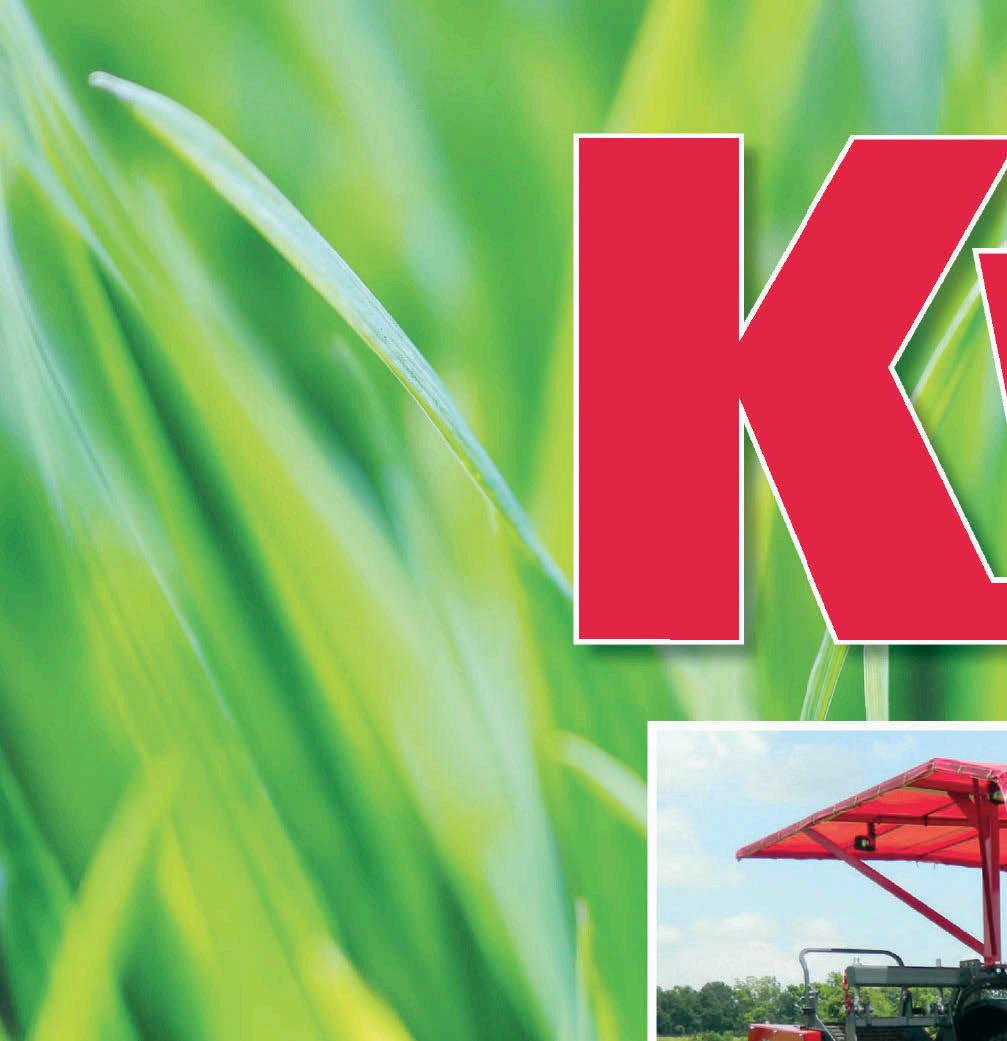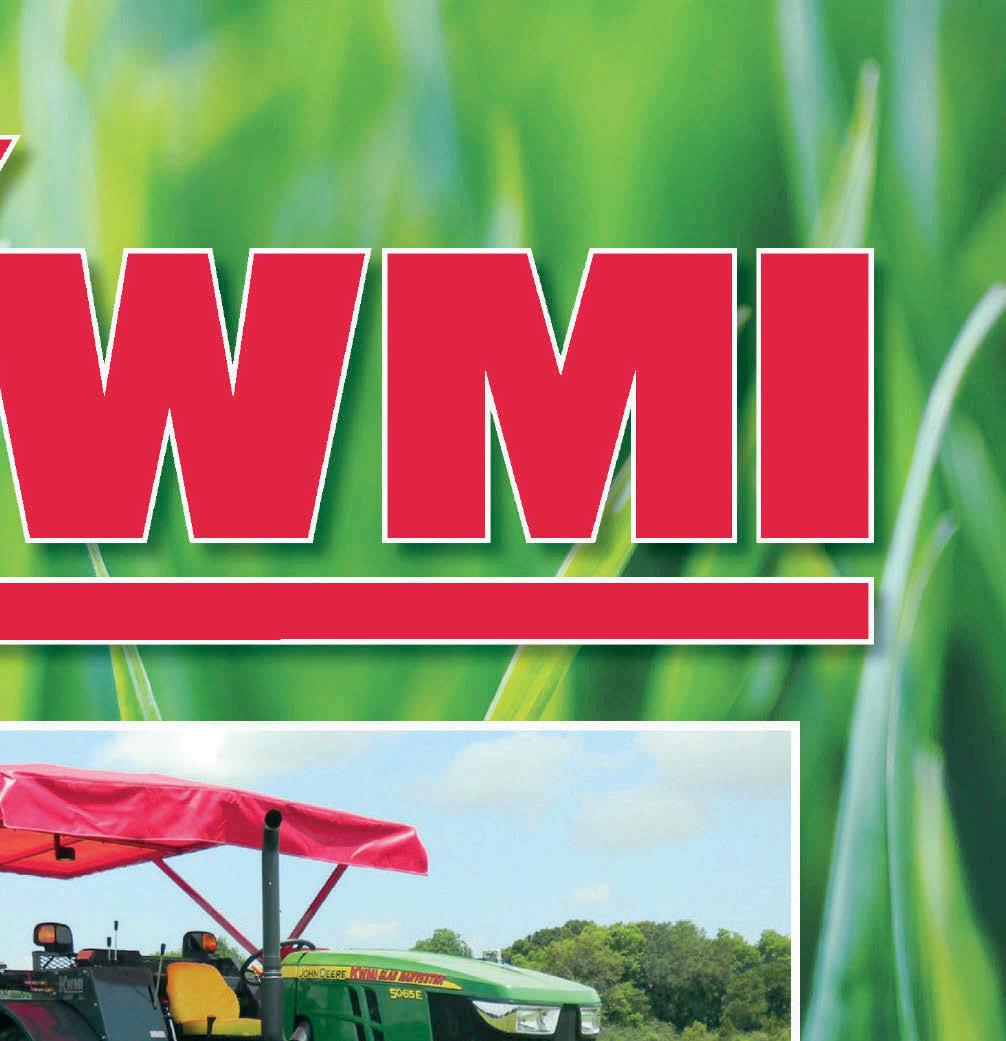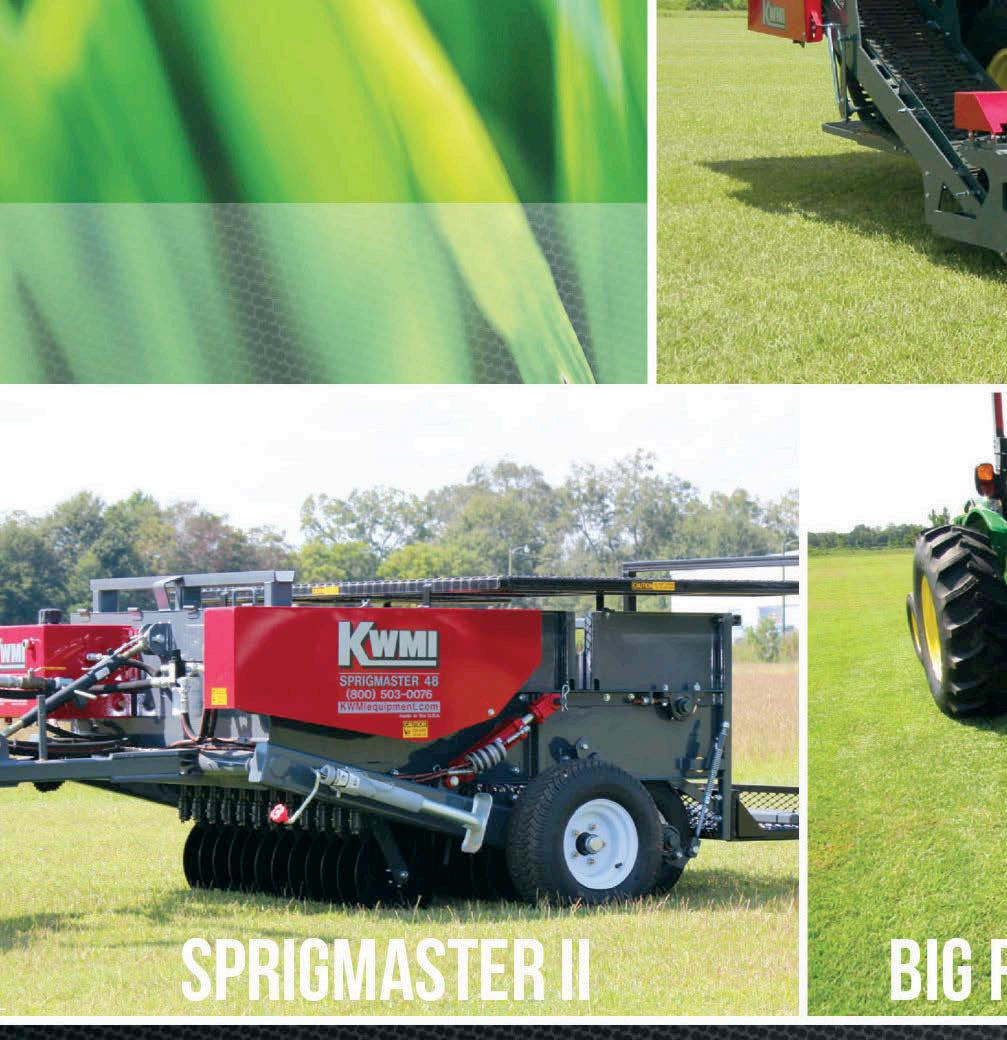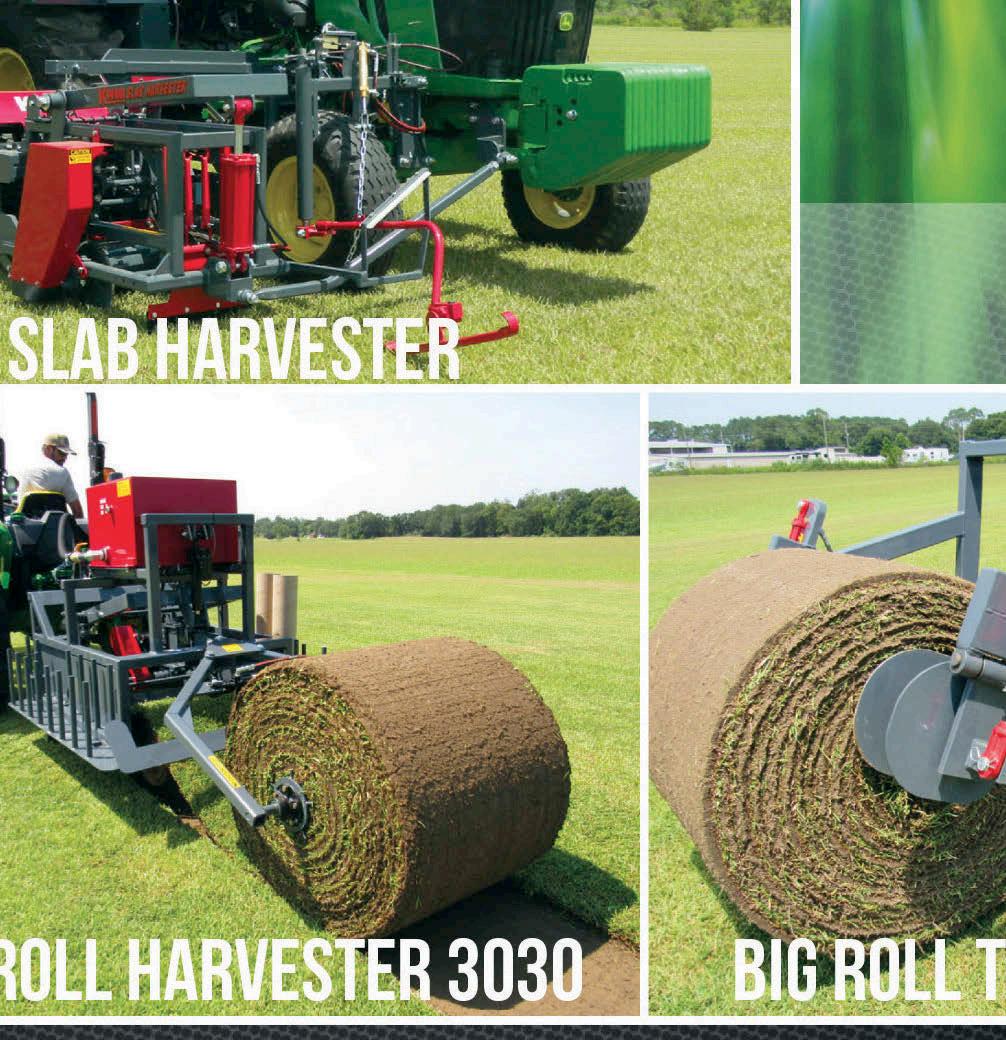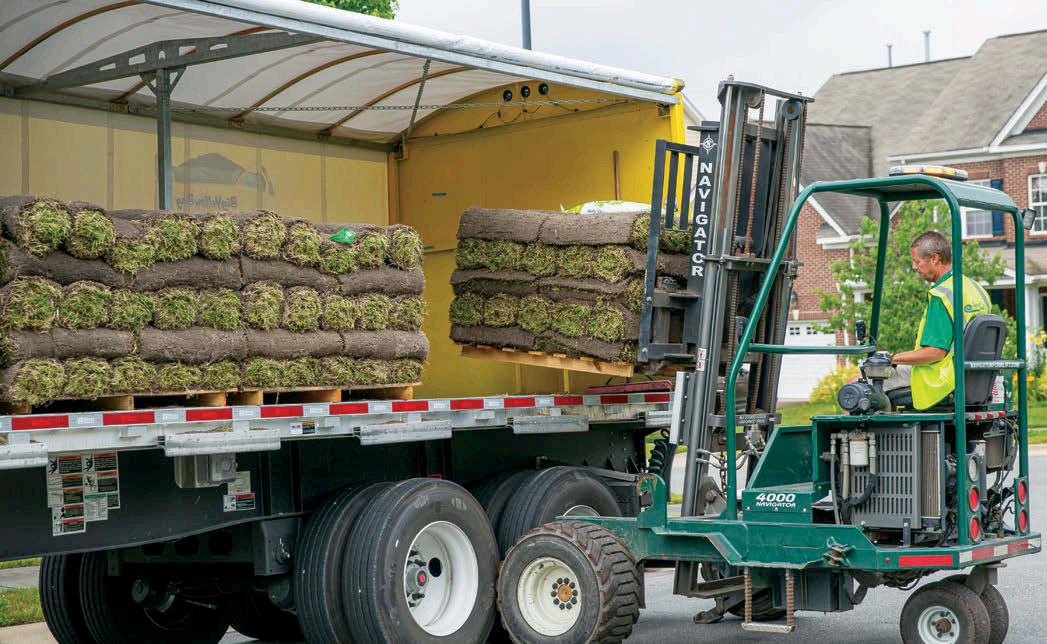
7 minute read
Rooted in Research
PRE-STRESS CONDITIONING AND AN ODE TO DR. TOM WATSCHKE
By Cale A. Bigelow, PhD
Welcome to another installment of “Rooted in Research.” As I began to write this installment, I received some very sad news that Dr. Tom Watschke, emeritus Professor of Turfgrass Science at Penn State, just passed. Dr. Watschke was a leader with innumerable contributions to the global turfgrass industry and will be very much missed.
In my previous two installments, I highlighted the origins and logic behind fall nitrogen nutrition and the importance of establishing/modifying the soil environment to grow healthy turfgrass. For this update, I thought it was only appropriate to highlight how Dr. Watschke contributed to the body of Turfgrass Science knowledge, so I will focus on some early findings related to the benefits of pre-stress conditioning.
As a PhD student at Virginia Tech and working with Dr. Dick Schmidt, Tom explored how pre-stress conditioning benefited cool-season turfgrass species like Kentucky bluegrass. He also provided evidence of the importance of selecting the right cultivar for the environmental conditions to maximize summer health. In other words, “Better ingredients = Better turfgrass.”
So once again, let’s roll up our sleeves, and get down and dirty, as we highlight some important turfgrass research with an ode to the scholar, student mentor, and gentleman, Dr. Tom Watschke. He truly made the global turfgrass industry better.
Pre-Stress Conditioning: What is it and where did it start?
In simple terms, turfgrass pre-stress conditioning is the concept of gently and gradually withholding cultural inputs such as water or nutrition in preparation for some sort of upcoming environmental stress. This concept might also include the application of various plant hormones, biostimulants, or plant growth regulators prior to stress to ensure the plant has all the needed components to operate its metabolic machinery at optimal capacity during stress. Ultimately, the goal is the healthiest turfgrass possible both going into and coming out of stress. For example, carefully watering a turfgrass plant prior to an upcoming acute drought event can result in an improved rooting pattern and the ability of that turfgrass to better survive the water deficit with fewer physiological complications.
The focus of the work that Dr. Watschke conducted in the late 1960s was to better understand the effects of environmental conditions on nitrogen nutrition for Kentucky bluegrass with the intent of making better management recommendations that maximize turfgrass health and optimize nutrient use efficiency. This early work on Kentucky bluegrass nitrogen nutrition was later continued and expanded into much of what we currently know about turfgrass nutrition and stress broadly defined (mineral nutrients and biostimulants) and built upon by researchers like Drs. Dick Schmidt, Xunzhong Xhang, Erik Ervin, Bingru Huang and others.
Kentucky bluegrasses and Nitrogen Fertility: The early days
Some highlights follow from the research manuscript, “Responses of Kentucky bluegrasses to high temperature and nitrogen fertility,” by Tom Watschke, Dick Schmidt, and Roy Blaser published in Crop Science volume 10: pages 372-376, in 1970. In this study, they conducted a series of solution culture (e.g., hydroponic) experiments using five contrasting Kentucky bluegrass cultivars at two levels of nitrogen nutrition (e.g., “low” or “high” 15 or 150 ppm) at three different temperature regimes (65/50 F, 80/65 F, or 95/70 F day/night temperatures).
The goal of their study was to investigate growth differences among five contrasting bluegrass cultivars subjected to different temperatures and find out if nitrate absorption, carbohydrate status, and inorganic nitrogen fractions were possible indicators of tolerance to temperature stress. Another important aspect of this study was their knowledge of the genetic diversity of Kentucky bluegrass as a turfgrass species and the hypothesis that this played an important role in turfgrass health/performance during heat stress.
Thus, they selected five representative bluegrass cultivars to have a range of bluegrasses that might perform differently under the nutrition-environmental conditions based on prior scientific and anecdotal evidence. The bluegrasses selected consisted of three commercially available (at the time) bluegrass cultivars: Pennstar, Kenblue, and Nugget, and two experimental lines. Pennstar was an improved selection from Merion bluegrass; Kenblue was a common type; Nugget was a selection from Alaska; and the two experimental lines were selected from the Coastal Plain of Virginia and had demonstrated high temperature tolerance when grown in non-irrigated plots in Central Virginia. During the course of the study, the researchers measured key growth parameters like foliar and root mass, nitrate uptake from the solutions, and the concentrations of nitrate and ammonium nitrogen in the plant leaves, as well as carbohydrate status.
What did they find and report?
No surprise, they found that all the Kentucky bluegrasses “grew poorly at the highest temperature regime (95/70 F day/night).” In other words, the high temperatures reduced the amount of leaf tissue produced, as well as other plant growth parameters. Further, they found that the largest root production occurred at the moderate temperature regime (85/65 F) and the least at the highest. They also reported that “all grasses absorbed the largest amount of nitrate at high temperatures when growth was poorest, suggesting that high temperatures stimulated nitrate absorption since ion uptake is a function of respiratory rate.” Lastly, they showed differences among the five different bluegrass cultivars with responses somewhat based on the origin of the cultivars (e.g., cooler or warmer climates) and the temperature and nitrogen nutrition conditions.
One of the more interesting things that they documented in the second study was investigating the effect of temperature “pre-stress conditioning” prior to summer stress conditions. They showed that preconditioning the grasses at various temperatures resulted in differences in nitrate absorption and top growth when subjected to the “stressful” 95/70 F for eight days. All the bluegrasses preconditioned at cooler temperatures resulted in higher foliar growth (see Figure 1), but lower nitrate absorption than those maintained continuously at the high temperature regime.
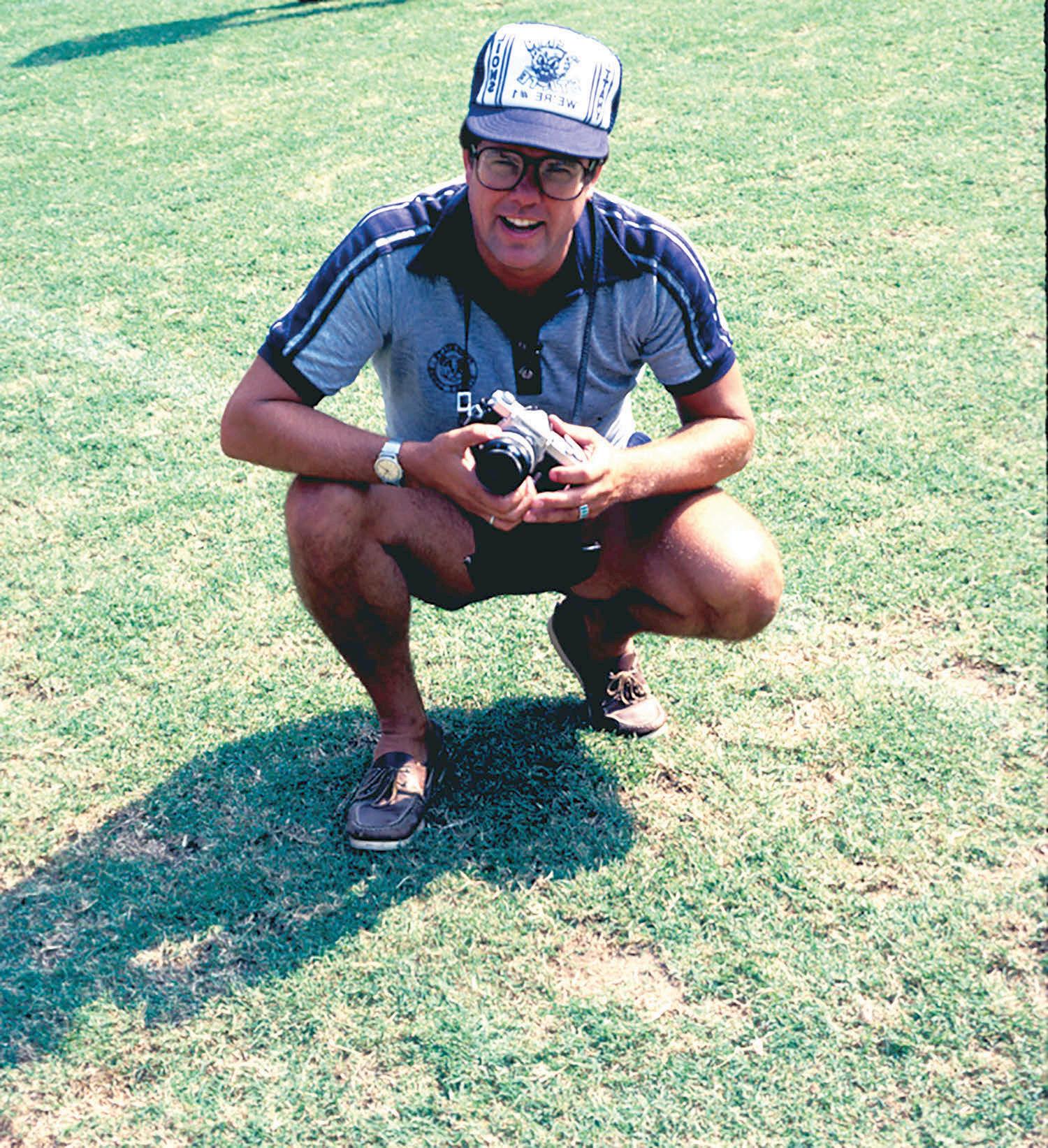
Dr. Tom Watschke “testing out the turfgrass” at RFK stadium in Washington, D.C. during a Crop Science Society of America “Turf Tour” in the early 1980s. Photo courtesy of Dr. Peter Dernoeden – University of Maryland
Figure 1: Effect of preconditioning temperatures and nitrogen rate on the growth of Kentucky bluegrass subjected to high temperatures for 8 days (Watschke et al., 1970)
ExpKBG110
ExpKBG124
Pennstar
Kenblue
Nugget
Low N (65/50 F) Low N (80/65 F) Low N (95/70 F) High N (65/50 F) High N (80/65 F) High N (95/70 F)
Key points:
“Apparently grasses with reasonably high carbohydrate contents, whether induced by fertility, management, or genetic composition, enhance Kentucky bluegrass tolerance to high temperature stress.” “Any heat intolerant cultivars were lower in carbohydrates compared to heat tolerant cultivars.” But “Heat intolerant cultivars like Nugget (from Alaska) grew well at the high temperature regime when preconditioned at the cool temperatures.”
Ultimately, the researchers suggested that “genetically controlled tolerance of high temperature stress appears to be more important than management practices, which influence quality or appearance under stressful high temperatures.” In short, if you plan on growing grasses like Kentucky bluegrass in stressful summer conditions, like say the transition zone of the U.S., one must consider the principle of “Better ingredients = Better turfgrass” or match the species/ cultivar to the prevailing site conditions and seasonal expectations. My experience has shown that bluegrass cultivars from the “Mid-Atlantic types” seem to do a bit better for the northeastern region of Indiana.
In summary, this research paved the way for many future studies related to summer stress performance of coolseason turfgrass species. Until next time, be well. And may Tom rest in peace; he will be missed.
Cale A. Bigelow, PhD, is a professor of Turf Science and Ecology in the Department of Horticulture and Landscape Architecture at Purdue University in Indiana. Mike Fidanza, PhD, is a professor of Plant and Soil Sciences at Penn State University, Berks Campus. They are teaming to provide a Rooted in Research article for each issue of Turf News.
